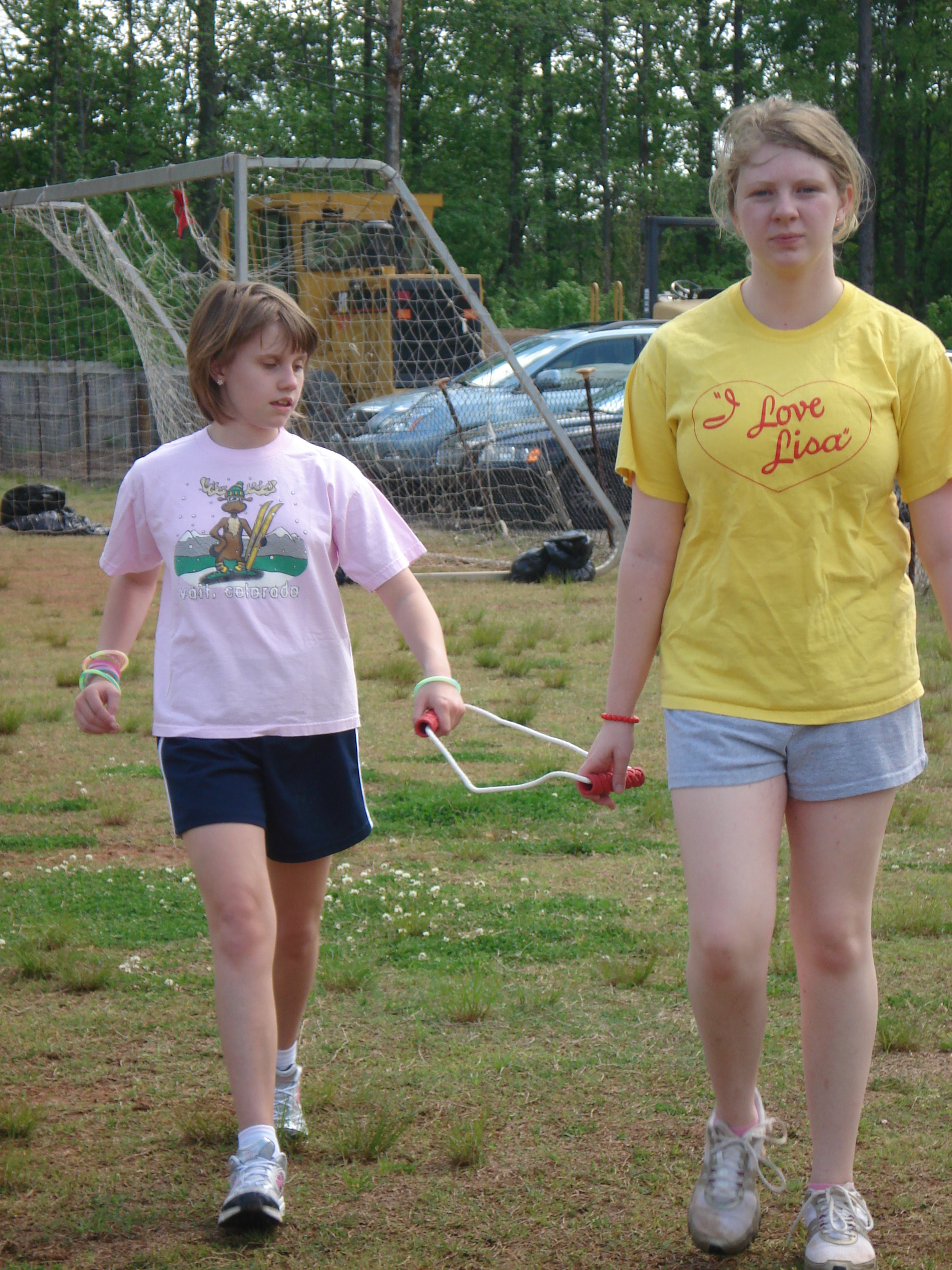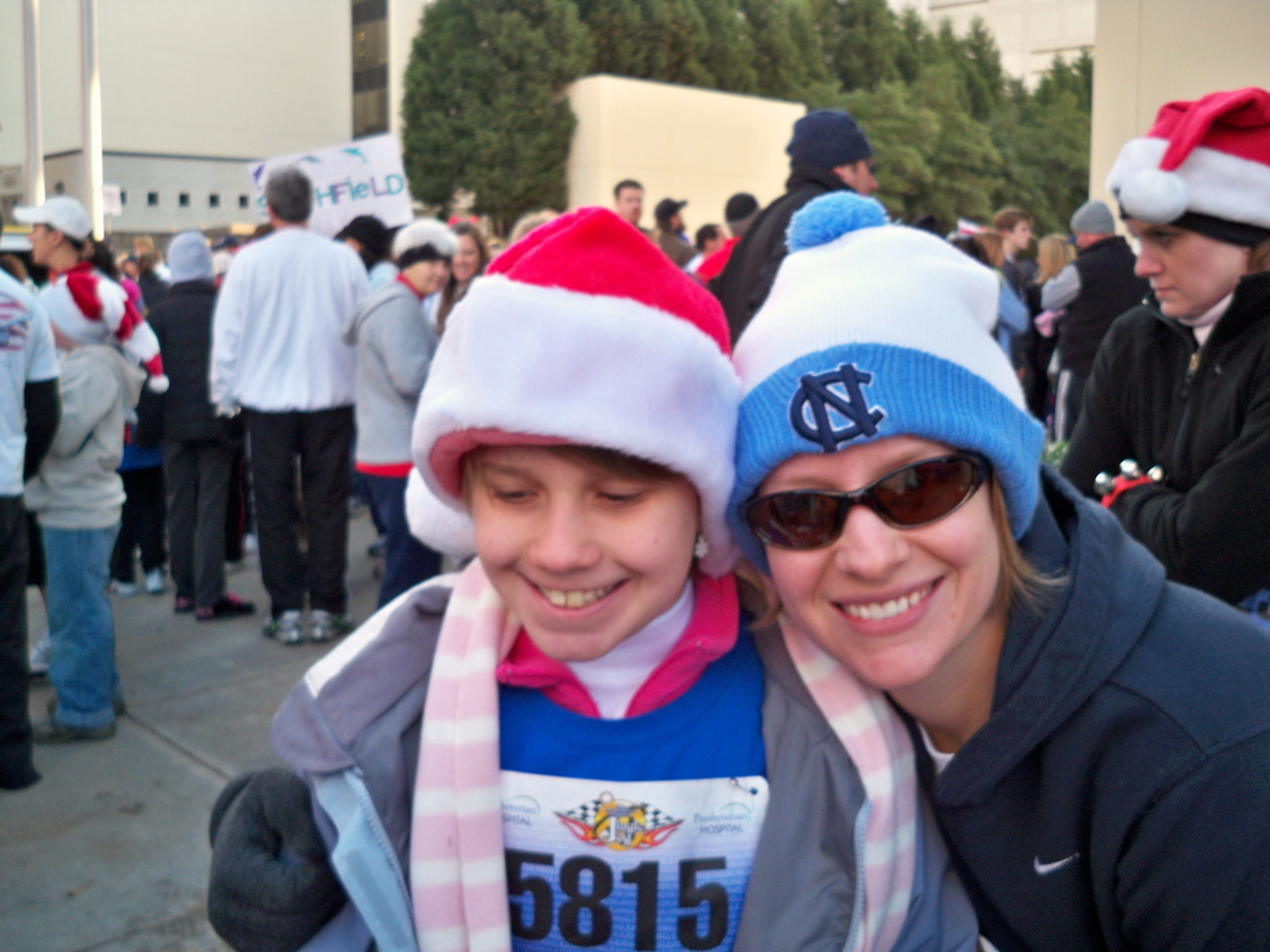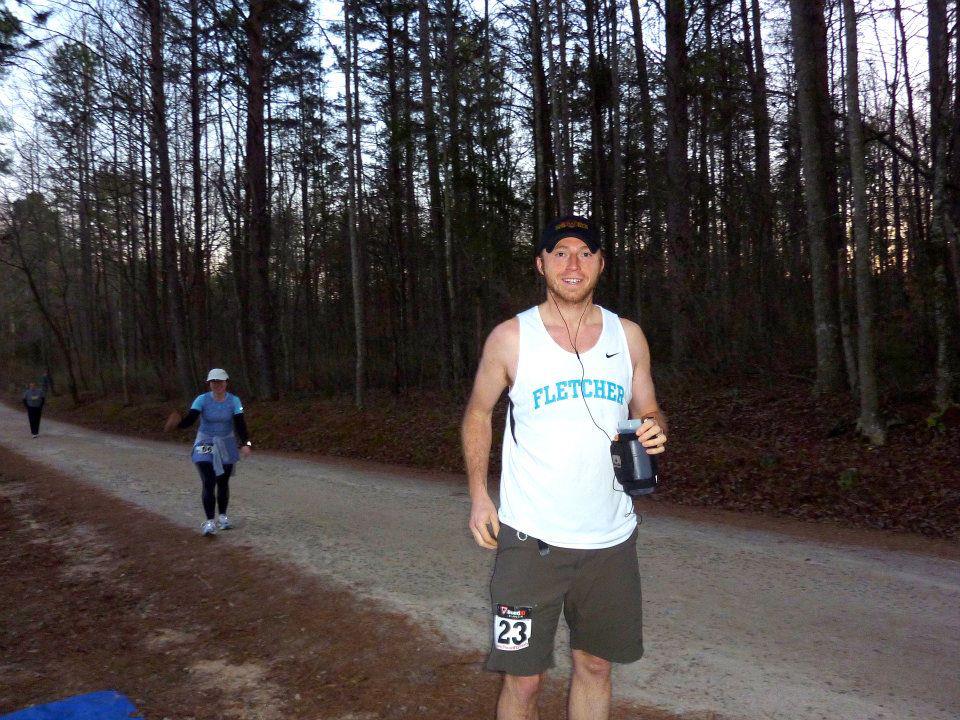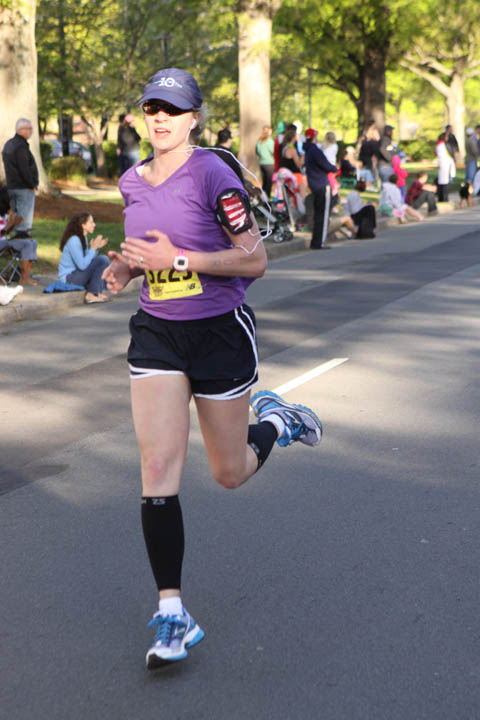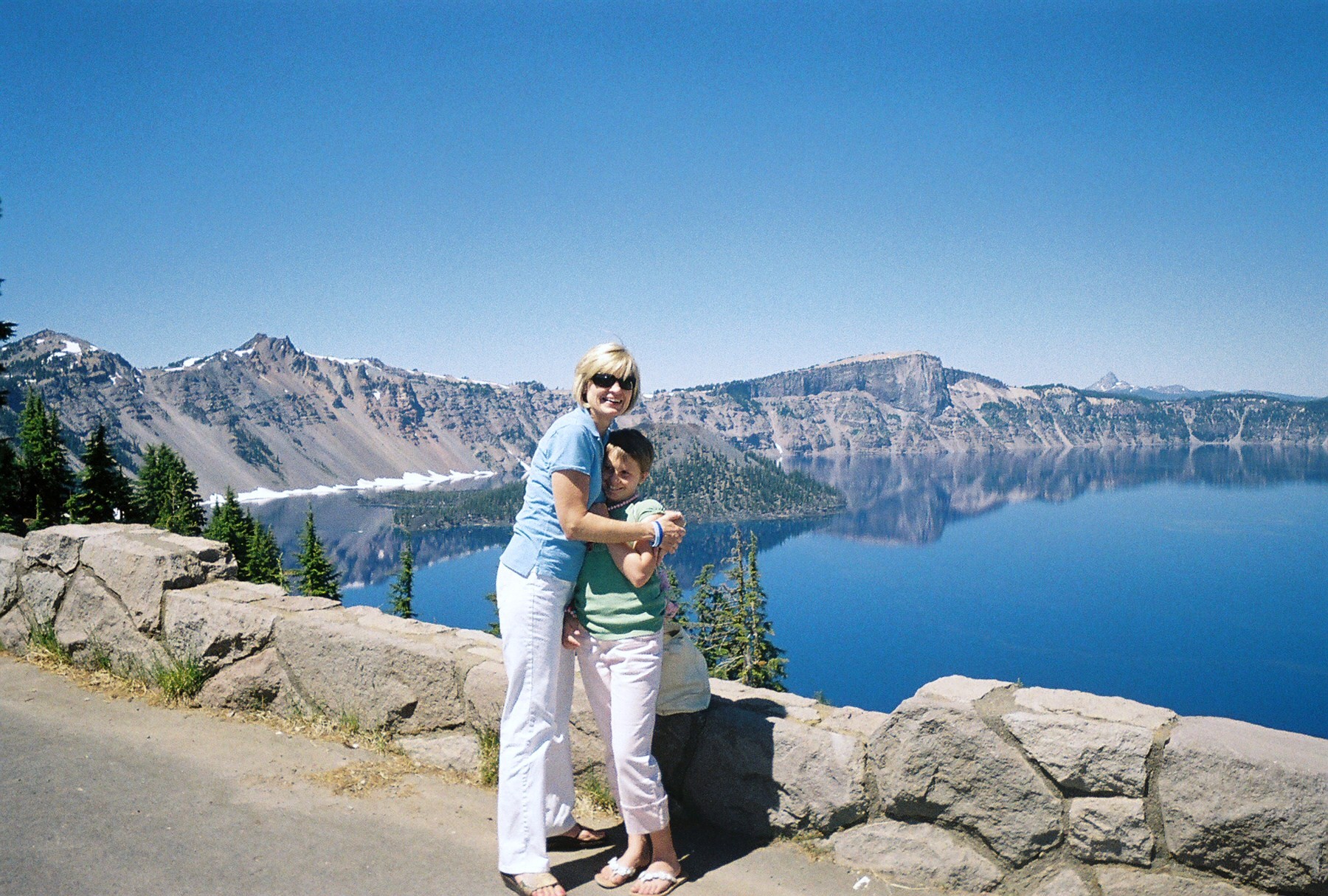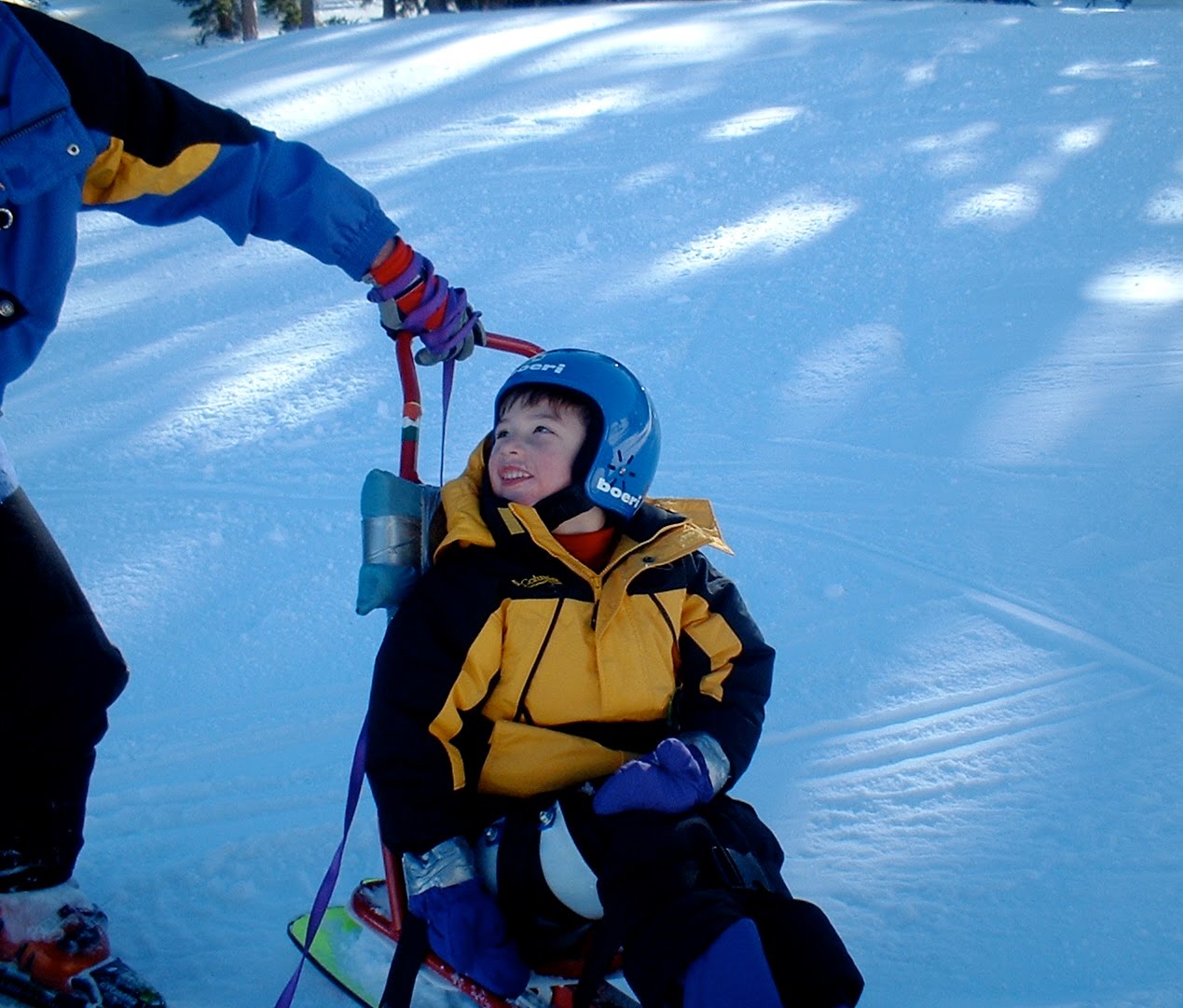Today, I tuned into a live webcast of the Recombinant DNA Advisory Committee (RAC) ‘s discussion of gene therapy for giant axonal neuropathy (GAN) on the NIH campus in Washington. The RAC meeting was a big step in the approval process for the GAN work funded by our friends at Hannah’s Hope Fund to make it to human clinical trial later this year; it’s also very important for the Batten disease work Taylor’s Tale is co-funding at the University of North Carolina Gene Therapy Center, because our project is based on the GAN studies.
On that webcast, I watched two amazing scientists explain the science behind their work, answer tough questions and make a strong case for moving forward. I’ve met a lot of experts in the near-seven years since we started this fight, but I know without a doubt that people with GAN and infantile and late infantile Batten disease have two of the best working for them at UNC. Dr . Jude Samulski and Dr. Steven Gray are fantastic scientists, and they understand the world of families like mine. Kids like Hannah and Taylor are in their minds when they’re in the lab, and I think that’s part of what drives them to be so good at what they do.
I also watched two women who are incredible advocates, fundraisers and, yes – mothers – deliver speeches I will never forget. I’ve met a lot of mothers, but I don’t think a rare disease has ever met a tougher opponent than Lori Sames or Sharon King. Though my mom and Lori, Hannah’s mom and founder of Hannah’s Hope Fund, are different in many ways, they are similar in that they looked their child’s rare disease with no known treatment in the face and said, “You will NOT defeat me. I will NOT sit back and let you take my child without a fight.” They refused to “live everyday with the knowledge that the consequence of doing nothing is sure and certain death.” And because of the choice they made, people like Hannah and Taylor have a light at the end of the tunnel.
…live everyday with the knowledge that the consequence of doing nothing is sure and certain death.
I feel honored and privileged to know and work with all of these amazing people. Big things are in store because of their wisdom, dedication and courage. I am saddened by the reality of my own sister’s decline but inspired by the possibilities for the future and our potential to help build a better world for people with genetic diseases. Today, the RAC committee granted our friends approval to march forward in their quest to launch the first human clinical trial for GAN later this year. You can be sure that we’ll be working to make certain Batten disease is not far behind.
I believe!

